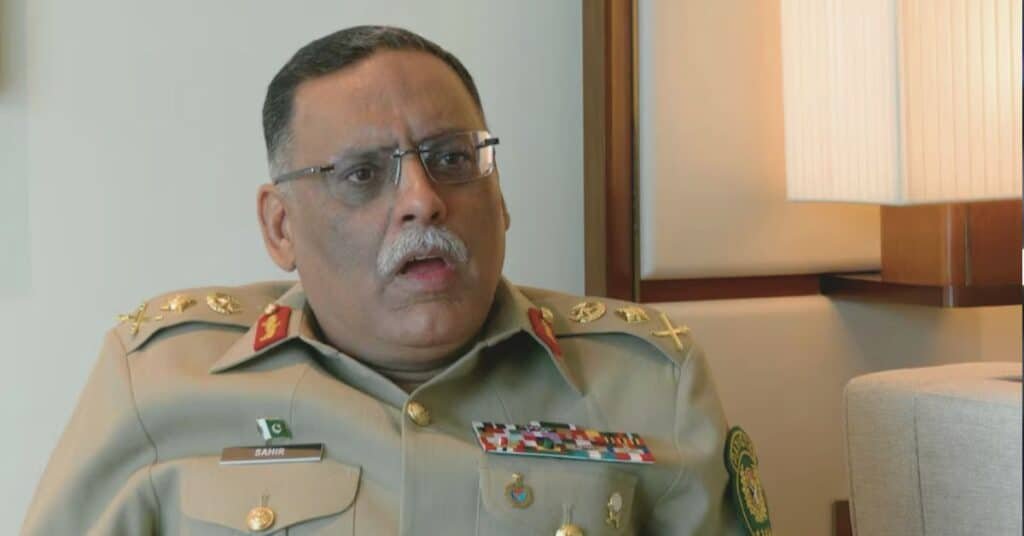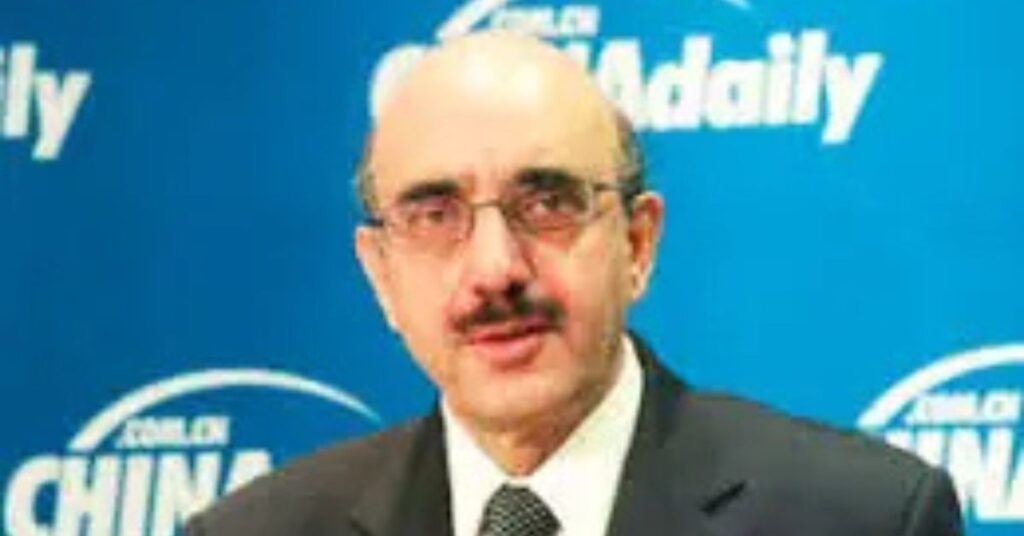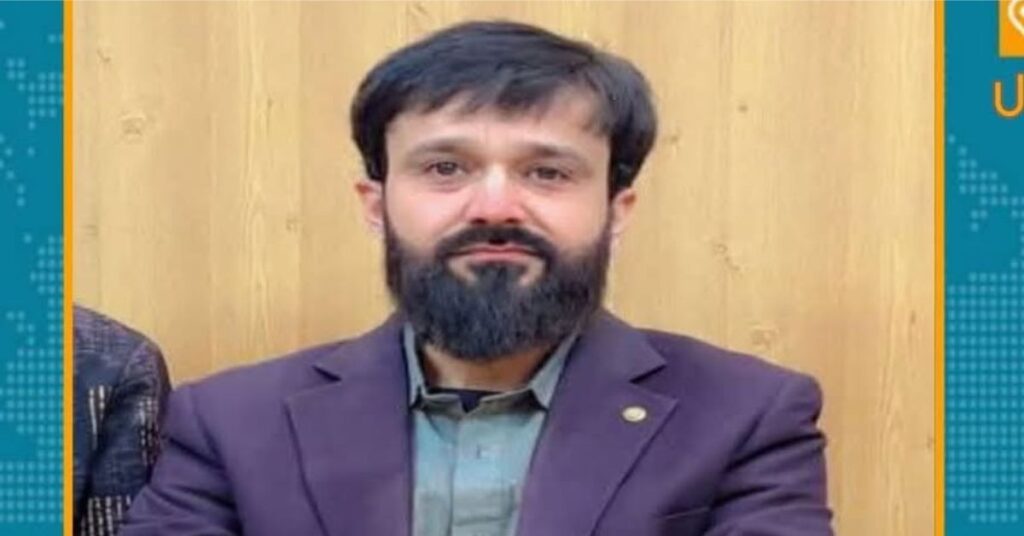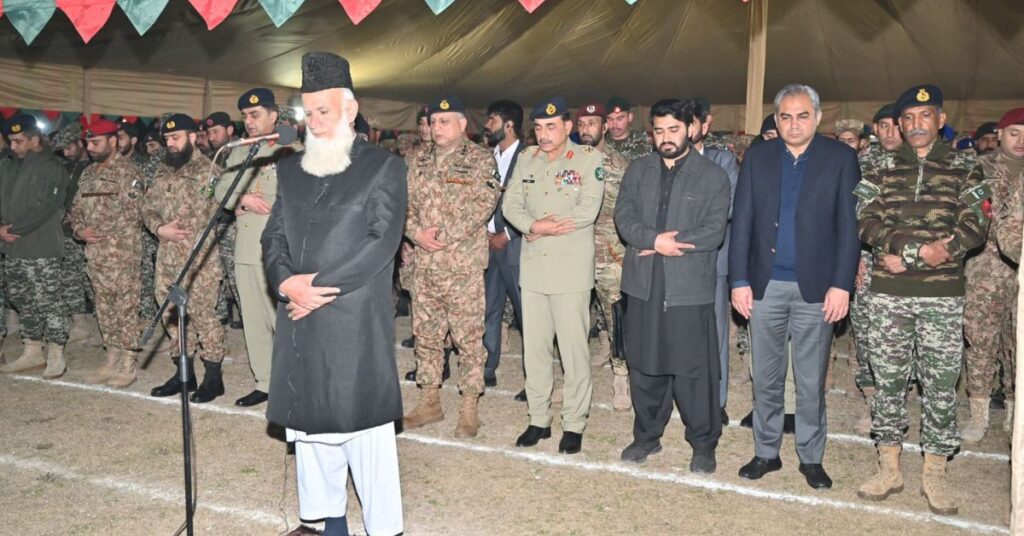SINGAPORE (Kashmir English): Pakistan and India are beginning to reduce their border troops, returning to the state before this month’s fighting erupted between the two nuclear-armed nations, a senior Pakistani military official confirmed on Friday.
General Sahir Shamshad Mirza, Chairman of Pakistan’s Joint Chiefs of Staff, told Reuters that both countries have started scaling back their deployments.
“We have almost come back to the pre-22nd April situation… we are approaching that, or we must have approached that by now,” he said.
Speaking from Singapore at the Shangri-La Dialogue forum, General Mirza said there was no movement towards nuclear weapons during the conflict but warned of growing dangers.
“Nothing happened this time, but you can’t rule out any strategic miscalculation at any time, because when the crisis is on, the responses are different,” he said.
He expressed concern that the fighting extended beyond the disputed region of Kashmir, with attacks on military installations within both countries. “This is a very dangerous trend,” Mirza warned.
According to Reuters, India’s Ministry of Defence and the office of the Indian chief of defence staff did not immediately respond to their requests for comment on the remarks by Mirza.
The general added that Pakistan remains open to dialogue, though current communication is limited to a crisis hotline and tactical-level contacts.
He confirmed there are no backchannel discussions and ruled out any meeting with India’s Chief of Defence Staff, General Anil Chauhan, also present in Singapore.
“These issues can only be resolved by dialogue and consultations, on the table. They cannot be resolved on the battlefield,” Mirza stressed.
The latest India-Pakistan conflict began after a deadly incident on April 22 in Indian Illegally Occupied Kashmir (IIOJK), which killed 26 people, mostly tourists.
India blamed “terrorists” supported by Pakistan, an accusation denied by Islamabad. In response, India launched missile strikes on May 7 targeting what it claimed were “terrorist infrastructure” sites.
Pakistan retaliated, and both countries escalated their military presence along the frontier.
The clashes saw the use of fighter jets, missiles, drones and heavy artillery, marking the worst fighting in decades before a ceasefire was announced.




